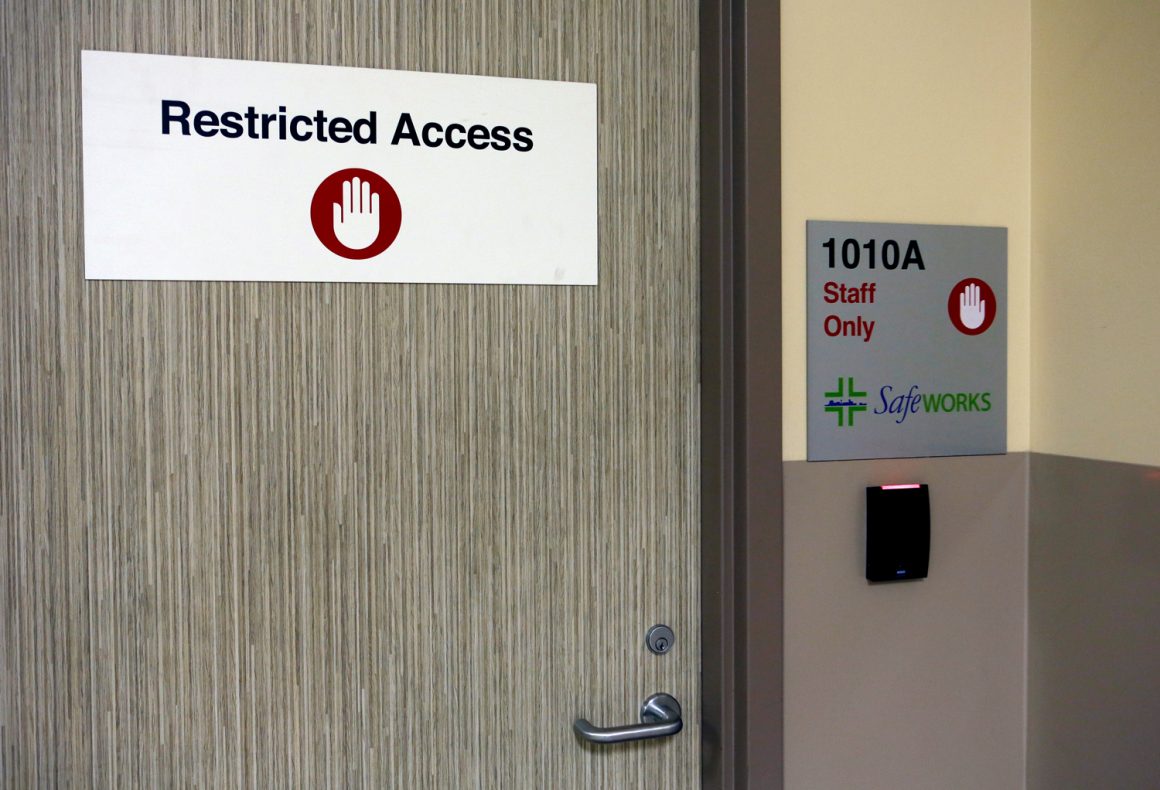
The impact of supervised consumption sites
By Benjamin Sasges, August 26 2019—
In 2018, my hometown of less than fifty-thousand people saw twenty die from drug overdoses, making it one of the major sources of opioid-related deaths in the B.C. interior. In Alberta, the number was 746, with Calgary providing a significant number of those deaths. The death toll, as well as the immediacy of the problem, has prompted many Albertans to think seriously about the role of our public health apparatus in confronting this crisis.
Historically, public health has been a messy, complicated endeavour for all involved. In this province, sexual sterilization of those deemed mentally unfit occurred until 1972, framed as a policy to better protect the public. In that type of conceptualization however, the subjects of health interventions are themselves not part of the public, but isolated and tagged as a threat, outside of the general public. Whether we see the subjects of health interventions as our neighbours and friends, or as dehumanized external threats, informs the way that those interventions are developed and deployed.
I was therefore concerned by the recent announcement by the Provincial Government that there would be a review panel for Supervised Consumption Sites (SCS) that would view “the merits of supervised consumption sites a harm reduction tool” as out of scope. Instead, the panel will focus on complaints of social disorder, crime rates and business impacts. Obviously, all of these factors are elements that anyone who is concerned with our urban project will take seriously. However, the lynchpin of this discussion is that the panel’s mandate ties those factors causatively with Supervised Consumption Sites, instead of as a product of an accelerating addiction problem, thereby seeing the SCS as the cause of the problem, rather than a significant piece of the infrastructure of the solution.
Consider the question of crime rates around Calgary’s SCS at the Sheldon Chumir centre. While headlines in some news outlets claim high rates of crime, the primary evidence cited is an increase in phone calls made to police, not actual crimes. As the Calgary Herald notes, the most recent period for which we have data — April to June — saw break-and-enter incidents decline from the three-year average. While vehicle-related crime was indeed up, this is true of the city in general, with that particular category up 85 per cent in the same time period compared to the three-year average.
At the same time, the literature on SCS suggests that they may actually reduce other types of crime. A paper from 2018 found that some women struggling with addiction were the targets of men who offered “fentanyl-adulterated opioids,” with the aim of knocking them unconscious and sexually assaulting them. Facilities like the SCS at the Sheldon Chumir can provide these women with a safe location in which to consume drugs, without the threat of sexual assault, theft or other predatory behaviour. While there is little doubt that the government’s review panel will consider property damage, how will the effect of SCS on mitigating sexual violence amongst marginalized populations be measured? Is the panel even equipped to do so?
I remain hopeful that the review panel may yield useful information, particularly around solutions to address impacts of the sites. However, it is also evident that within this province there are those who are violently opposed to Supervised Consumption Sites, a fact punctuated by a recent drive-by paintball shooting in Lethbridge which injured both staff and clients. Expanding the study of the impact of these sites must not give ammunition to those who would target the most vulnerable in our society, and should instead focus on how to best integrate life-saving facilities into communities in a way that engages all members of the community.
